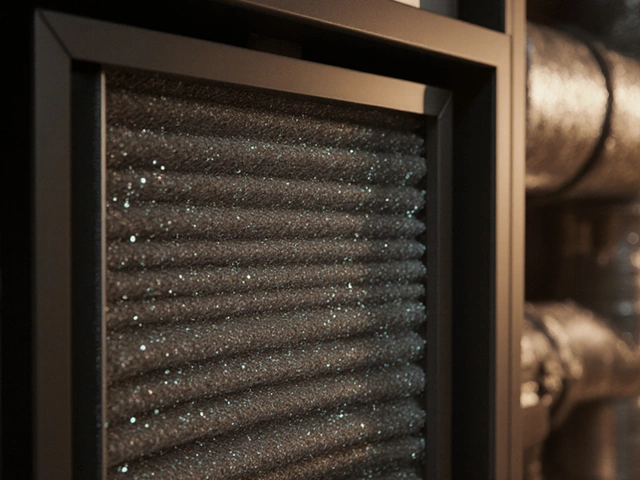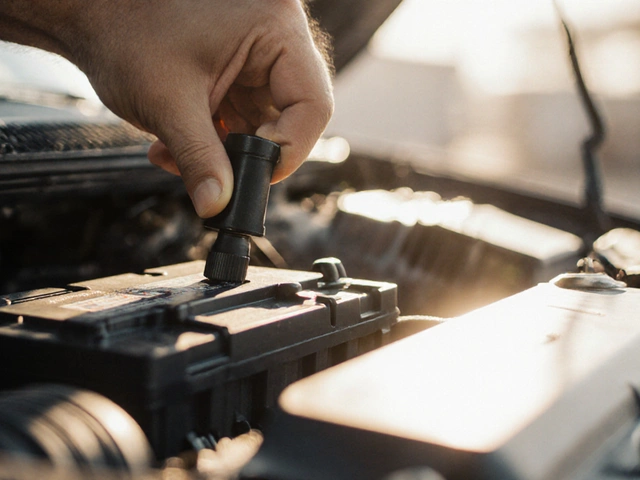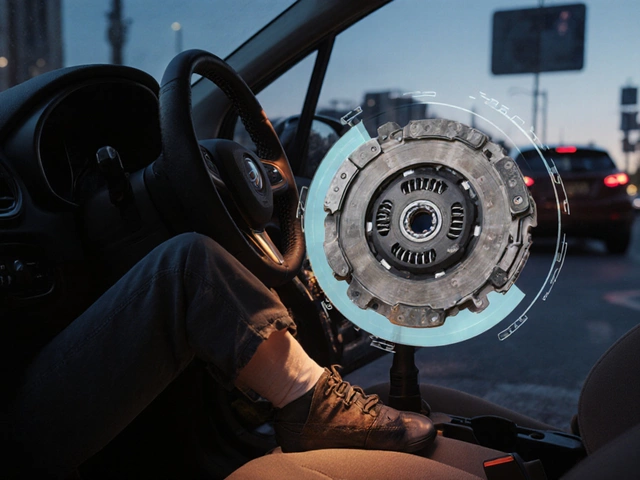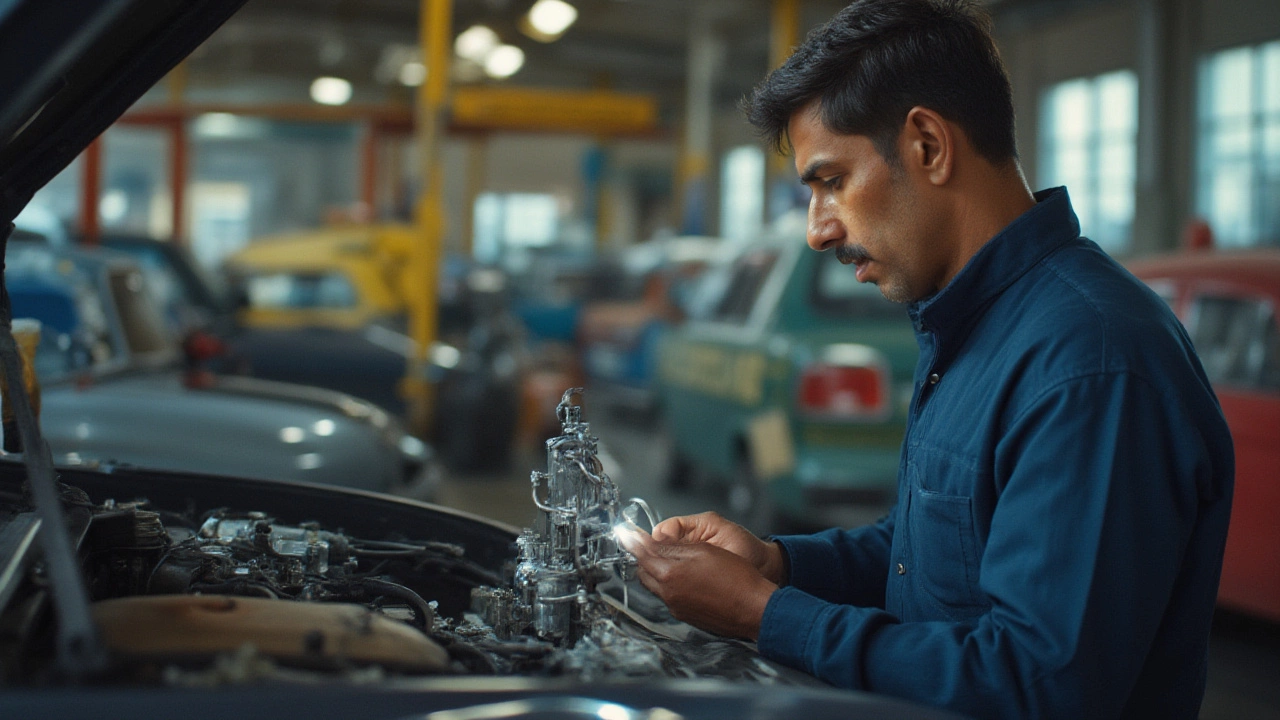
Your car’s fuel pump is like that unsung hero who quietly keeps things working. You don’t think about it until the day you’re stranded on the side of the road, engine cranking but not catching, and suddenly you care—a lot. The truth is, fuel pumps aren’t built to last forever, but most people have no clue how long these things should soldier on under the hood. So is this part bound to fizzle right after the warranty runs out, or can it survive through years of punishing traffic jams, gas station runs, and questionable fuel quality? Let’s dig straight into the facts, skip the fluff, and break down everything you should know about how long fuel pumps actually live in the real world.
What Determines a Fuel Pump’s Life Expectancy?
So, what’s the magic number for how long a fuel pump will last? There isn’t a simple universal answer, but there’s a pretty solid range: most modern fuel pumps push through 100,000 to 150,000 miles before giving up the ghost. Some make it further—there are cars on the road with their original fuel pumps well past 200,000 miles—while others might cough out closer to 60,000. Why such a big range? The reality is, several factors pile together to affect fuel pump life expectancy, and some you have zero control over.
First, fuel quality plays a big part. Contaminated or poor-quality gas grinds down the pump’s components. Driving on a nearly empty tank regularly doesn’t help, either; low fuel can make the pump overheat, since it relies on gasoline to both move and keep cool. Location matters too: folks in humid places or areas with rough winters often see rust or corrosion eating away at pump housing, especially if water sneaks into the fuel system. Is your car old? Expect a tired, gummed-up pump sooner—or even faster if the vehicle spent too long sitting unused.
There’s another wrench in the gears: some cars, especially older or high-performance models, use external pumps, which tend to die faster because they can’t cool themselves as efficiently. Most modern vehicles use electric, in-tank pumps that pull fuel up from inside the tank, and those usually offer a longer lifespan (plus they’re quieter). If you tow heavy loads, race your car, or regularly drive in stop-and-go city traffic, that extra stress can shave years off a pump. And just plain bad luck? Sometimes you draw the short straw and a pump just fails early. Automakers generally design them with healthy buffer zones, but nobody can make a part that truly lasts forever.
Quick fact: A well-maintained, modern car that’s filled with good fuel and isn’t abused can often go 10 years or more before the fuel pump packs it in. But don’t take that as guaranteed. Even the sturdiest fuel pump can be felled by a clogged fuel filter, wiring issue, or dirty tank. Jumping from station to station and blending different fuel brands? Each one brings a different mix of additives and detergents, which can gum things up over time if the blend isn’t right for your engine.
How Do You Know If Your Fuel Pump Is Going Bad?
Your fuel pump probably won’t give you polite advance notice when it’s ready to retire. Usually, it’ll drop some clues first, and if you know how to spot them, you can save yourself the nightmare scenario of a no-start on a Monday morning. So what should you look out for?
- Hard starting or no-start at all: If your car takes a couple of tries to fire up, or it cranks endlessly with no result, your fuel pump could be losing its kick.
- Engine sputtering at high speeds: Picture this: you’re merging onto the highway, and as you accelerate, your engine starts to stutter or lose power. Classic sign the pump can’t keep up with fuel demands.
- Loss of power under load: Climbing a hill or hauling a trailer, but the engine acts like it’s out of breath? That’s another warning flag.
- Frequent engine stalls: Intermittent dying at stoplights or in traffic could mean the pump isn’t consistently delivering fuel.
- Whining noise from the tank: If you suddenly catch a high-pitched whining or buzzing underneath your car where the fuel tank sits, that’s a prime symptom. Healthy pumps are pretty much inaudible.
- Poor fuel economy: Sure, there are plenty of reasons gas mileage drops, but a tired pump forcing the engine to compensate can be one of them.
- Check engine light: While the light could mean anything, if paired with stalling or hard starting, don’t ignore the possibility of fuel pump trouble.
Plenty of these symptoms can cross over with other failing parts—bad spark plugs, clogged filters, or flaky sensors can create a similar mess. That’s why mechanics often check fuel pressure with a gauge before tearing into the fuel tank. Modern fuel-injected cars are sensitive: a weak pump that only delivers 10 psi less than spec can cause all kinds of weird running issues.
Don’t forget, a failing pump often stresses out related parts. The fuel filter can clog with all the gunk the dying pump leaves behind, and the pump relay can overheat from cycling too often. Electrical connections and wiring aged by time or corrosion also make the pump work way harder than it should. Ignoring early signs can turn a $200 or $300 repair into a mini disaster—especially considering the labor to drop the gas tank and replace the pump sometimes costs more than the part itself.
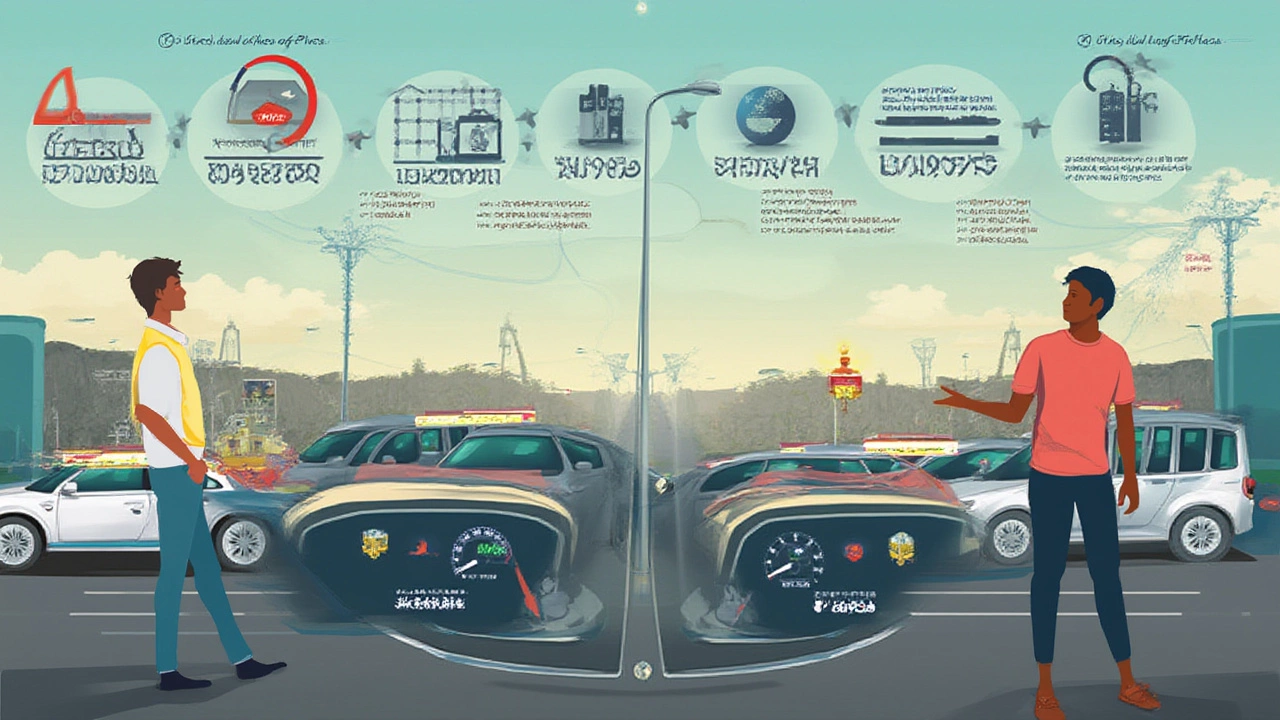
How to Make Your Fuel Pump Last Longer
If the idea of getting stranded makes you shudder, you’re probably wondering what you can do to keep your fuel pump humming for as long as possible. Good news: most of it isn’t complicated—and some is just common sense.
- Keep your tank at least a quarter full. The pump lives inside the tank and uses the surrounding gasoline to cool itself down and reduce friction. Drive around on fumes too often and you risk the pump running hot, which wears it out way faster.
- Buy decent quality fuel. That cheap, off-brand gas at the end of town might save you a few bucks now, but contaminated gas is one of the quickest ways to nuke a fuel pump. Stick to reputable stations that move fuel quickly so tanks don’t fill with water or sediment over time.
- Replace fuel filters regularly. Most filters are designed to outlast the pump, but some get clogged by bad gas, rust, or debris. Check your owner’s manual, but swapping in a fresh one every 30,000 to 50,000 miles isn’t a bad rule of thumb—if your model even has a replaceable filter. Many modern cars have the filter inside the tank, built into the pump assembly.
- Avoid letting cars sit for months at a time. Leaving a vehicle unused causes any water in the tank to settle out, and old fuel can literally turn into gum, which clogs the pump. If you do have to store your ride, fill the tank, toss in a fuel stabilizer, and try to fire the engine up every few weeks to keep things moving.
- Fix other fuel system issues quickly. Got an old car with rusty lines or a leaky gas cap? Moisture creeping into your tank encourages rust, which can trash the pump’s sensitive internal gears. Nailing small repairs early saves headaches down the line.
- Be gentle when running out fuel. Yes, running out of gas one time isn’t the end of the world, but a bone-dry tank can pull up the sediment that settles at the bottom, which goes straight through the pump and filter. That’s basically sandblasting your fuel system from the inside.
- Watch for electrical issues. A fuel pump is an electric motor, so corrosion or loose wiring can make it work harder or intermittently, with each glitch wearing it down a bit more. If you spot electrical weirdness (blown fuses, odd warning lights, slow cranking), don’t shrug it off.
One last insider trick? If you drive an older car and know the fuel pump is about due, preemptively changing it before it fails can save you stress and money. A failing pump often spits debris into the tank, which a new pump will simply pick up and chew through—sometimes killing it well before its time. So if you’re already dropping the tank, clean out the inside while you’re in there. It takes a little longer, but your new pump will thank you in miles, not months.
When Should You Replace Your Fuel Pump?
Here’s where things get real—how do you decide when the time has come to actually swap your fuel pump for a fresh one? Waiting until it’s totally dead means rolling the dice with your commute, but preemptive replacement isn’t exactly light on the wallet. The answer depends on your driving habits, how your car behaves, and sometimes just a bit of luck.
If your car is approaching the average lifespan for a fuel pump—ticking up past the 100,000-mile mark—it’s smart to stay alert. If you start seeing the warning signs mentioned earlier, don’t ignore them. Letting the problem drag out can leave you stranded miles from home, or stuck paying a premium for an emergency tow. If you’re already replacing your gas tank, filter, or fuel lines for other reasons, swapping the pump at the same time kills two birds with one stone. Labor makes up a big chunk of the cost, so pairing up related jobs saves money in the long haul.
Lots of folks have a “wait until it fails” mentality, and with tight budgets, it’s understandable. But just remember, a dying fuel pump can damage other parts of the fuel system, like injectors or the pressure regulator, and it can fill your tank with metal shavings from the pump’s worn-out motor. If you’re planning a big road trip, or if you use your car for work and can’t risk a breakdown, getting ahead of a failure is usually worth it.
Another thing people miss: technicians can actually test your fuel system with pressure gauges hooked up to the rails. If pressure is below factory specs—even by a little—and symptoms are there, it’s only a matter of time. Don’t rely just on the check-engine light, either. Not every pump issue will trigger a code; modern systems are finicky, and sensor tolerances can hide low-pressure problems until the pump flat-out stops. One interesting stat pulled from automotive repair surveys—roughly a third of fuel pump failures come after prolonged starting issues or minor running problems are shrugged off for too long.
If you do get the pump replaced, always use a good-quality part. Cheap, off-brand pumps from overseas can die within months—there’s a reason why OEM or well-known aftermarket options cost a little more. Many of these parts come with improved wear resistance, better filtration, and lower electric draw than their budget counterparts. If your ride is one of those unlucky models with a buried, in-tank pump that costs a bundle to get at, always swap the filter and strainer, and clear out any rust or muck in the tank before dropping the new one in. A new pump forced to work through old grime is doomed before it even gets settled in.
To sum it all up: pay attention to your car’s quirks, use good fuel, act on symptoms early, and you’ll squeeze the most life from your pump. Sure, nothing lasts forever—but with a little know-how and attention, your fuel pump can keep you rolling for years without a hitch.
